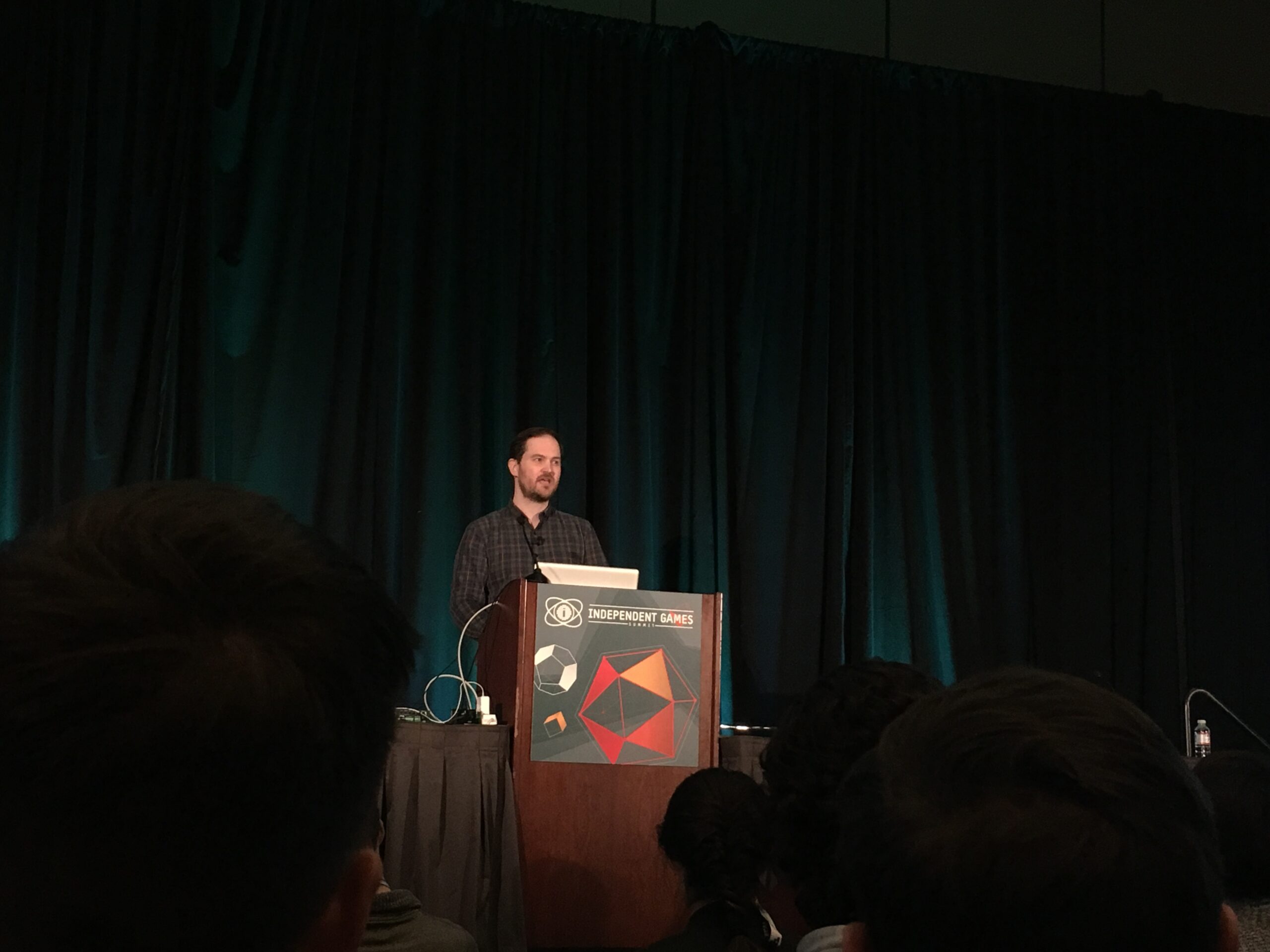Despite breakout indie success stories like ConcernedApe’s Stardew Valley or Studio MDHR’s Cuphead, most studios face a crowded marketplace and a host of challenges to making profits on their games. Today at the Game Developers Conference, indie studio Infinite Monkeys Entertainment cofounder Erik Johnson shared some tips for fellow developers to decide whether or not their games are a good market fit.
In the “Know Your Market: Making Indie Games that Sell” panel, Johnson broke down some of the market trends on Steam, the world’s largest marketplace for PC games. He did a deep dive into Infinite Monkey’s Life Goes On: Done to Death. It was recognized as one of the 10 best indie games of the year at PAX in 2014, and it garnered favorable reactions from critics and players — yet it sold disappointingly fewer copies than anticipated. Johnson didn’t reveal the exact numbers, but he noted that even an expansion that improved the game’s quality didn’t result in better sales.

Unlock premium content and VIP community perks with GB M A X!
Join now to enjoy our free and premium membership perks.
![]()

![]()